Tread Attentively on That Treadmill
Most popular gym machine also responsible for the most accidents
Terriers on treadmills are a commonplace sight at FitRec and at nearly every gym and fitness center across the country. An estimated 50 million Americans now use them. But the recent death of Silicon Valley executive David Goldberg, reportedly from a fall from a treadmill, has raised new concerns about their risks. In fact, treadmills are responsible for more gym injuries than any other piece of equipment.
An autopsy suggested that the 47-year-old Goldberg, husband of Facebook COO Sheryl Sandberg, had a heart arrhythmia that contributed to his death. Still, the US Consumer Product Safety Commission reports that 24,000 injuries sent treadmill users to the ER and accounted for 30 deaths between 2003 and 2012. At FitRec, there are an estimated 10 to 15 injuries annually, 2 or 3 requiring a response from the center’s EMT, according to fitness manager Mike Lagomarsine.
With an office off the ground-level exercise floor, “I visually see lots of people falling off and injuring themselves,” he says. Typically, the injuries are burns from skin being sandpapered by the revolving belt, or sprained ankles or knees.
“Most people don’t take the proper precautions ahead of time, or know the ways to stay safe on the treadmill,” Lagomarsine says. Mishaps usually occur when people speed up the belt; at a faster speed, getting on and off the machine becomes trickier.
The higher accident rate may not be surprising for what Lagomarsine calls the most popular gym machine: “We have the most demand for treadmills, and we have the most treadmills here out of all the cardio machines.” They appeal especially to novice runners who aren’t logging many miles and hours and who want to monitor their speed. Treadmills also may be less intimidating than other equipment, he says—after all, everyone knows how to run.
Once a quarter, FitRec disassembles every treadmill for cleaning and recalibrating.
FitRec attendants—those red-shirted students—are happy to talk to patrons about safety pointers, although unless they spot obvious safety snafus, it’s up to users to ask. So here are some proactive tips that might spare a fall:
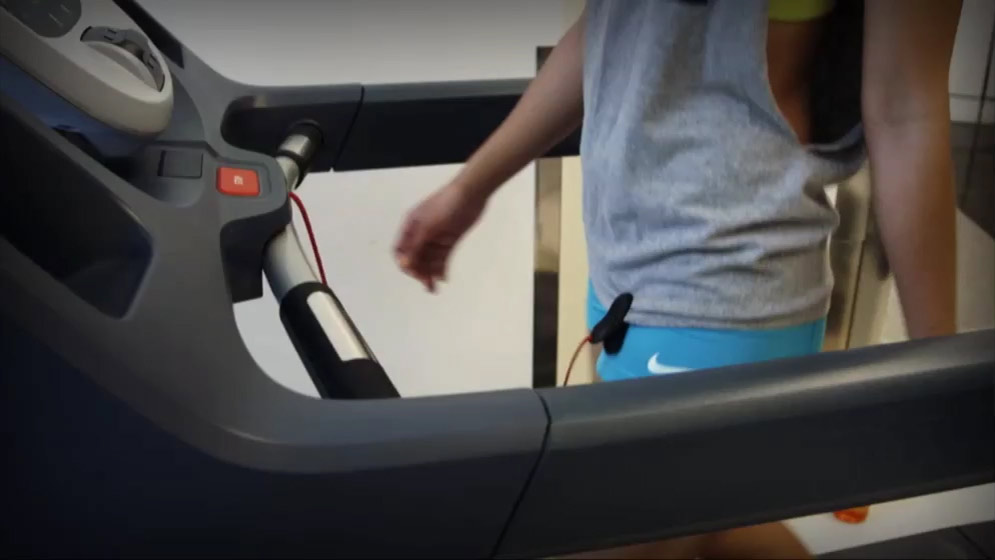
The wisdom of crowds is wrong with treadmills: use the safety clip. That’s the “number one recommendation that nobody does,” Lagomarsine says resignedly. It clips to your body and measures when you’re drifting too far back (usually because you’re falling), which then triggers the belt to stop.
“They don’t think they need it—they think, I know how to run, I know how to walk, I do it all the time,” he says, but just as you can trip outside, you can stumble on a treadmill.
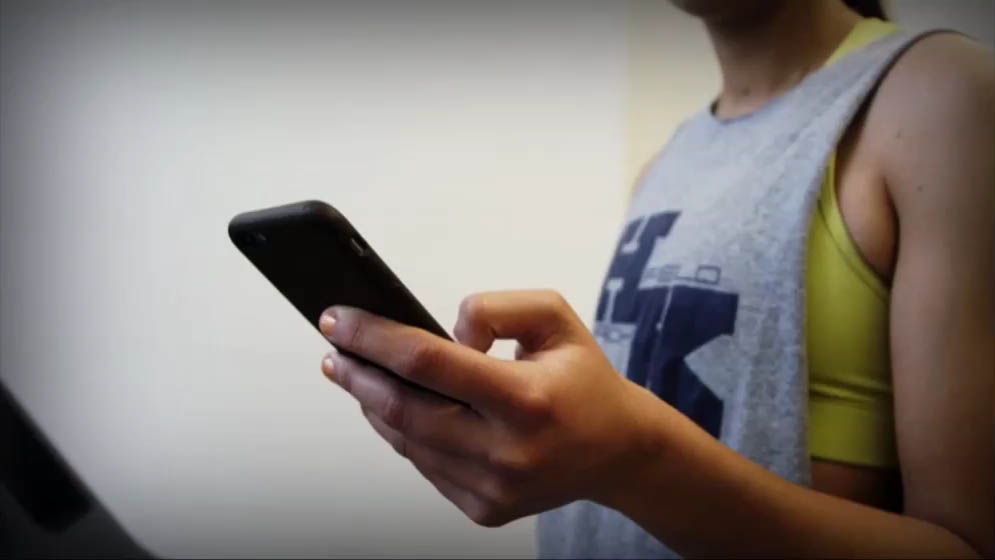
It’s becoming a safety cliché, but lay off the handhelds. “The biggest cause of accidents here definitely is the distraction factor,” Lagomarsine says. “Most of the time, it’s a cell phone or a mobile device.” Perusing your iPad may lessen the tedium of exercising, but “when you’re trying to touch the buttons and you’re moving at the same time,” he says, “that’s when we see a lot of distractions.”
Being distracted by a friend off to the side or one of the FitRec TVs also can be a problem. “As soon as they start to turn left—their whole body’s turning left, their gait’s turning left, and then this treadmill is not turning left with them,” says the fitness manager.
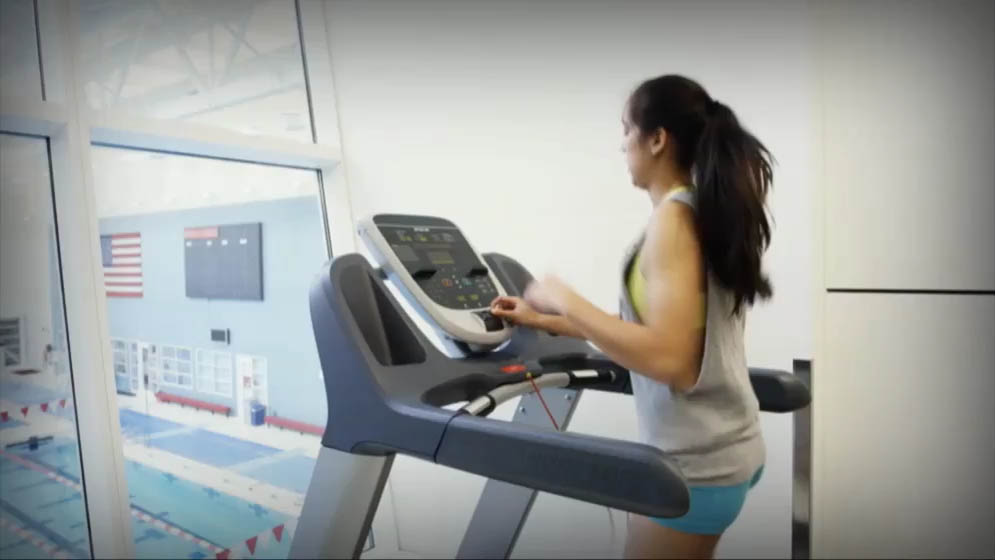
Don’t be George Jetson— watch your speed. The good news is that treadmills aren’t performance cars; they don’t go from 0 to 60 in four seconds. Rather, when you shift up the speed, they only gradually quicken, according to Lagomarsine. But dismounting at a faster speed to rest and then trying to get back on while the belt is racing can lead to falls. It may slow your workout down to lessen the speed before boarding again, but it beats a hard landing.
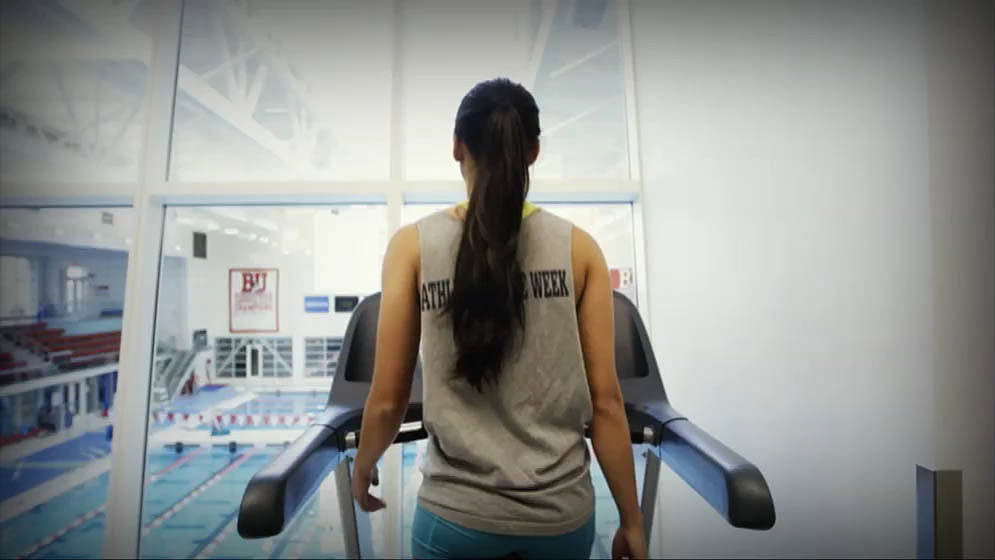
Treadmills are like heights: don’t look down. Gazing at your own feet, something inexperienced treadmillers often do, can cause you to stumble by slightly altering your center of gravity, notes Lagomarsine. And see tip number two, above—don’t look down to text, change music, and the like.
Finally, make sure your shoelaces are tied, as a loose one can get stuck under the belt. ’Nuff said.
Joe Chan can be reached at joechan@bu.edu.
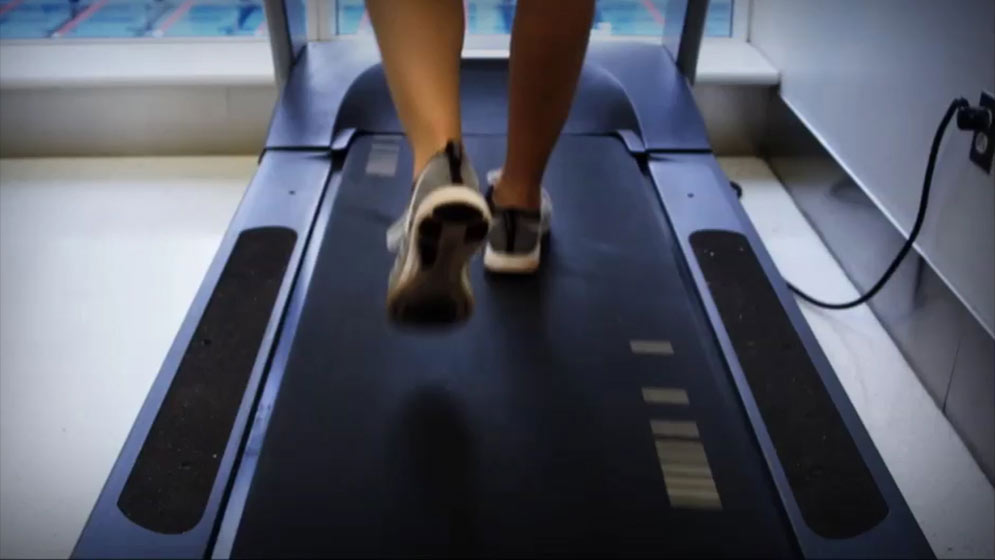

Comments & Discussion
Boston University moderates comments to facilitate an informed, substantive, civil conversation. Abusive, profane, self-promotional, misleading, incoherent or off-topic comments will be rejected. Moderators are staffed during regular business hours (EST) and can only accept comments written in English. Statistics or facts must include a citation or a link to the citation.